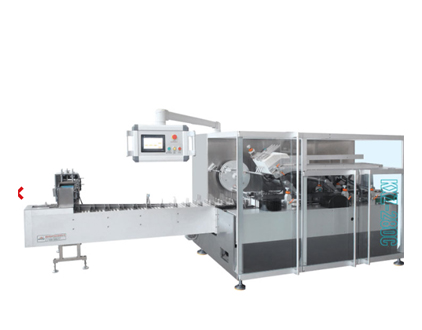In the world of product packaging, protecting items from environmental factors is of utmost importance. Blister packs, a popular form of packaging, are widely used across various industries, from pharmaceuticals to consumer goods. The question of whether they can safeguard products against humidity and light has significant implications for product quality and shelf - life.

Protection Against Humidity
Material - based Protection
Blister packs are often made from materials that offer some degree of moisture resistance. For instance, many are constructed using plastic materials such as polyvinyl chloride (PVC), polypropylene (PP), or polyethylene terephthalate (PET). These plastics have inherent properties that make it difficult for water vapor to penetrate. PVC, for example, has a relatively low permeability to moisture, which helps in reducing the amount of humidity that can reach the product inside the blister pack.
Moreover, some blister packs incorporate additional layers or coatings to enhance their moisture - barrier capabilities. Aluminum foil is sometimes used in combination with plastic. Aluminum is an excellent barrier to moisture, as it has a negligible permeability to water vapor. When laminated with plastic, it creates a highly effective moisture - resistant structure. In pharmaceutical blister packs, this combination is often used to protect drugs from humidity, which can cause degradation, loss of potency, or even mold growth.
Structural Design for Moisture Protection
The design of blister packs also contributes to their ability to protect against humidity. The tight - fitting seal between the blister cavity and the lid (which is often a card - board or foil backing) creates a barrier that prevents moisture from entering. This seal is crucial, especially in applications where the product is sensitive to humidity. In the food industry, for example, blister - packed snacks are protected from moisture - induced spoilage due to the effective sealing of the blister pack.
Protection Against Light
Material - based Light Barriers
Blister pack materials can also be engineered to block light. UV - resistant plastics are commonly used in applications where products need protection from ultraviolet (UV) light. UV light can cause chemical reactions in products, such as fading, degradation of active ingredients, or oxidation. Plastics like PET can be modified to include UV - absorbing additives. These additives work by capturing UV photons and converting them into heat, preventing the UV light from reaching the product.
Aluminum foil, as mentioned earlier, is not only a great moisture barrier but also an effective light barrier. It blocks both visible and UV light, making it an ideal material for protecting light - sensitive products. In the case of pharmaceutical products, such as certain vitamins and medications, blister packs with aluminum foil backing ensure that the light - sensitive substances inside remain stable.
Color - based Protection
The color of the blister pack can also play a role in protecting against light. Dark - colored plastics, such as opaque black or brown, can absorb a significant amount of light. This is especially useful for products that are sensitive to visible light. For example, some high - end skincare products are packaged in dark - colored blister packs to protect their active ingredients from the harmful effects of light exposure.
In conclusion, blister packs have a range of features and materials that enable them to protect products from humidity and light. Their material composition, whether it's moisture - resistant plastics, light - blocking additives, or aluminum foil, combined with their structural design, makes them a reliable choice for protecting products across different industries. However, the effectiveness of blister packs in protecting against these environmental factors can vary depending on the quality of materials used, the manufacturing process, and the specific requirements of the product being packaged.
GET A QUOTE